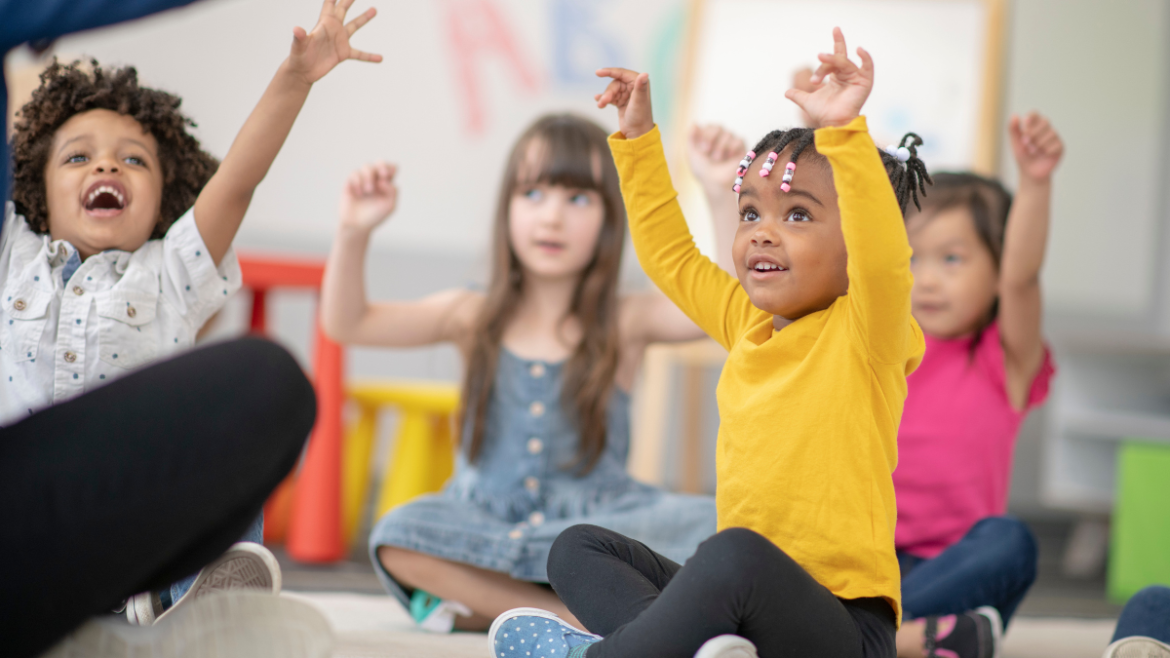
Movement is important for childhood development. In group settings, planning activities that all children can participate in is the goal of educators and families, but these activities are not always the easiest to plan. To ensure activities are inclusive, change your mindset to focus on the process vs the final result – meaning that the key is the children being involved and not exactly how the movement is performed. Here are some tips for modifying movement activities to include all children:
- Instructions and guidelines for an activity should be explained beforehand, including how the activity will begin and end, and the transitions that will happen as the activity progresses. Instructions and guidelines should be geared towards the age group you are working with.
- Clearly mark and explain the boundaries of the activity (i.e. will the child be in one spot or moving around, or going side to side). Explain, show, and if possible, mark the boundaries before you begin the activity.
- Open-ended prompts allow children to explore movement within their own range and ability. For examples: can you move like a dinosaur?
- Ensure that an activity can be modified to accommodate differing needs. Marching across the room can be changed to marching in place. Jumps can be changed to jiggles so that the movement can be performed in a sitting position.
- Use many different types of cues throughout the movement session:Auditory: your voice, a clap, a short song; Visual: flicking the lights off and on, pictures, signs, written instructions, hand signals.
- Partnering a child with another child that may have special needs (physical or developmental), helps build empathy and belonging.
- For children who are very limited in their movement, encourage them to respond to the movement prompts and music on their own while sitting or lying down.
- If a child is unable to participate in the movement activity, offer an alternative way that they can still participate in the movement/activity. For examples: playing a small percussion instrument, holding visual cues/signs for the activity, calling out instructions for/with you, and reading or turning the pages of the story during interactive story time.
